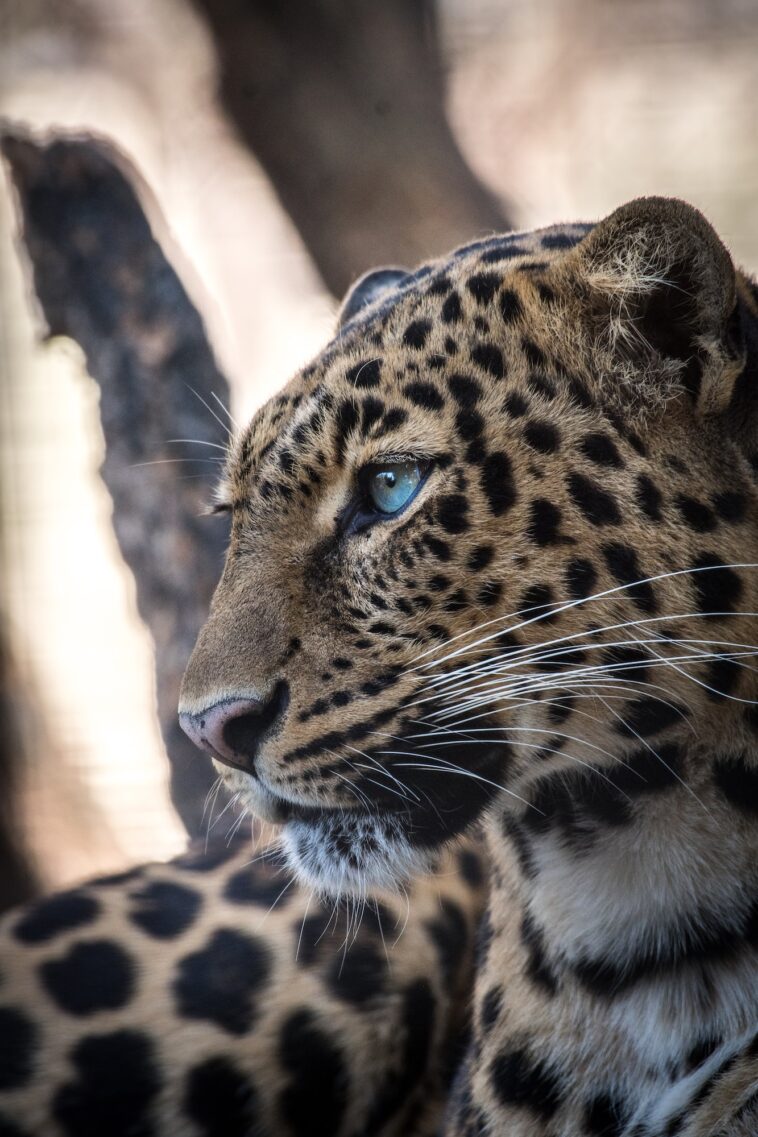Wildlife, initially linked with non-domesticated vertebrates, has evolved in its definition to include a vast array of wild plants, animals, and other organisms. This change reflects a deeper understanding of the interconnectedness of all life forms on Earth.
The Practice of Domestication
Human societies have long engaged in the domestication of wild species for their benefit, a practice prevalent across different cultures and geographies. This interaction between humans and nature has led to significant environmental impacts, both positive and negative.
Positive Aspects of Domestication
- Agricultural Development: The domestication of wild plants laid the foundation for modern agriculture, essential for human survival and progress.
- Species Preservation: Some domestication efforts have helped in conserving species that might have faced extinction in the wild.
Negative Consequences of Domestication
- Habitat Loss: The expansion of agricultural and urban areas often destroys natural habitats, posing a severe threat to wildlife.
- Reduced Genetic Diversity: Domestication can lead to a decrease in genetic variation, making species more susceptible to diseases and environmental changes.
Wildlife in Various Ecosystems
Wildlife is a critical component of all ecosystems, contributing to their health and stability, whether it be in forests, oceans, or urban areas.
Forest Ecosystems
In forests, wildlife plays a key role in processes like pollination and nutrient cycling. Predators maintain ecological balance by controlling the population of herbivores.
Aquatic Ecosystems
Aquatic species are vital for the health of marine and freshwater ecosystems, participating in nutrient cycling and supporting complex food chains.
Urban Ecosystems
Wildlife in urban areas, including birds, insects, and small mammals, contributes to biodiversity and ecological balance through pollination and pest control.
The Challenges Facing Wildlife
Wildlife is under threat from various factors, including habitat destruction, climate change, pollution, and overexploitation. These challenges pose a significant risk to the survival of many species and the health of the planet.
Habitat Destruction
The most significant threat to wildlife is the loss of natural habitats due to human activities like urbanization and industrial development.
Climate Change
Rapid changes in climate are affecting habitats and ecosystems, threatening the survival of numerous species.
Pollution
Pollution in its various forms negatively impacts wildlife, harming their health and habitats.
Overexploitation
The excessive harvesting of wildlife for various human needs is leading to the decline of many species.
Conclusion and Key Insights
Wildlife, encompassing a diverse range of life forms, plays a crucial role in maintaining the health of our ecosystems. The interaction between humans and wildlife, particularly through domestication, has been a mixed blessing for the environment. The preservation of wildlife and their habitats is essential for the sustainability of biodiversity and the well-being of future generations. The challenges facing wildlife are significant but can be addressed through concerted conservation efforts.





